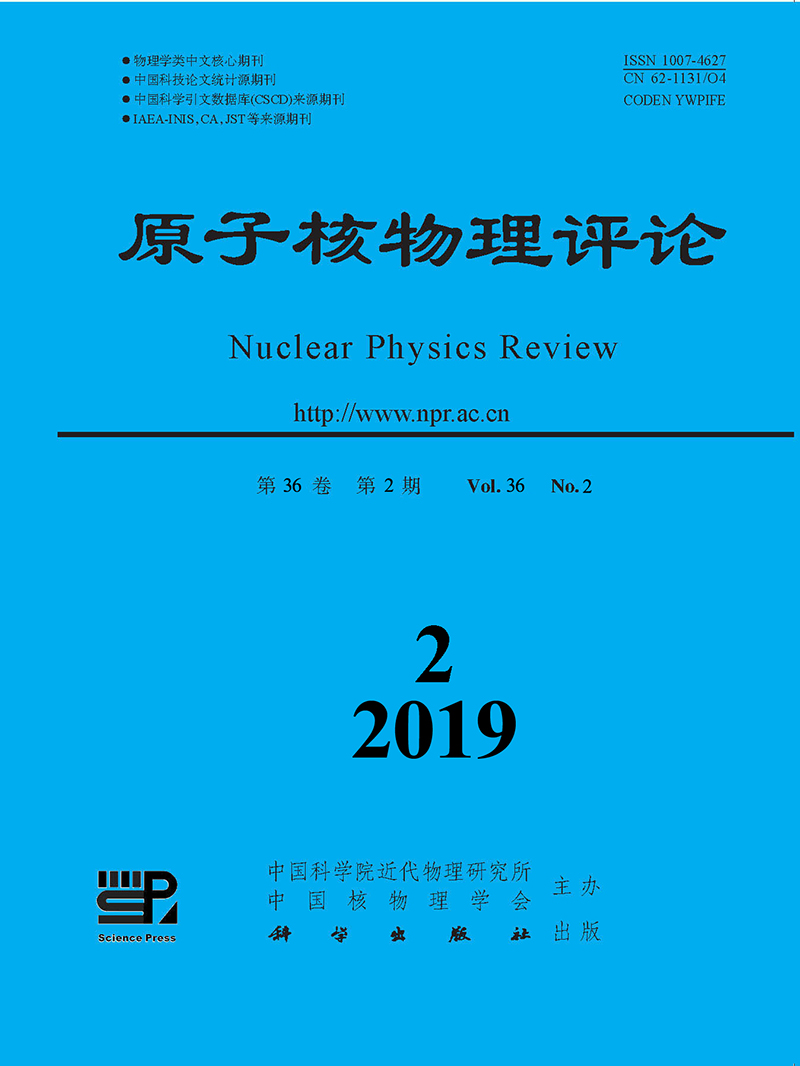|
[1]
|
LI W, SHEN Y, ZHOU Y, et al. Scientific Reports, 2017, 7:14108. |
|
[2]
|
TISSERAND R, REBETEZ M, GRIVET M, et al. Nucl Instr and Meth B, 2004, 215:129. |
|
[3]
|
WEBER W J, NAVROTSKY A, STEFANOVSKY S, et al. MRS Bulletin, 2011, 34:46. |
|
[4]
|
WEBER W J, ZHANG Y, XIAO H, et al. RSC Adv, 2012, 2:595. |
|
[5]
|
WEBER W J. Radiation Effects, 1983, 77:295-308. |
|
[6]
|
ZHOU J, YAO T, LIAN J, et al. Nucl Instr and Meth B 2016, 379:102. |
|
[7]
|
BAE I T, ZHANG Y, WEBER W J, et al. Applied Physics Letters, 2007, 90:021912. |
|
[8]
|
BAE I T, ZHANG Y, WEBER W J, et al. Journal of Materials Research, 2011, 23:962. |
|
[9]
|
BAE I T, ZHANG Y, WEBER W J, et al. Nucl Instr and Meth B, 2008, 266:3037. |
|
[10]
|
KUMAR S P, BUVANESWARI G. Materials Research Bulletin, 2013, 48:324. |
|
[11]
|
HUANG Y, ZHANG H, ZHOU X, et al. Journal of Nuclear Materials, 2017, 485:105. |
|
[12]
|
LIAN J, DONG Z, ZHANG J, et al. Microscopy and Microanalysis, 2010, 16:1634. |
|
[13]
|
MIRO S, GREBILLE D, CHATEIGNER D, et al. Nucl Instr and Meth B, 2005, 227:306. |
|
[14]
|
ZIEGLER J F, ZIEGLER M D, BIERSACK J P. Nucl Instr and Meth B, 2010, 268:1818. |
|
[15]
|
BI Z, UBERUAGA B P, VERNON L J, et al. Journal of Applied Physics, 2013, 113:023513. |
|
[16]
|
TSUJI K, SATO S, HIROKAWA K. Review of Scientific Instruments 1995, 66:4847. |
|
[17]
|
BLASSE G. Journal of Solid State Chemistry, 1975, 14:181. |
|
[18]
|
SOKOLNICKI J, ZYCH E. Journal of Luminescence, 2015, 158:65. |
|
[19]
|
SHANNON R D. Acta Crystallographica Section A, 1976, 32:751. |
|
[20]
|
YING Yongjia College Chemistry Manual[M]. Jinan:Shandong Science and Technology Press, 1985:3. (in Chinese) (印永嘉. 大学化学手册[M]. 济南:山东科学技术出版社, 1985:3.) |
|
[21]
|
VALDEZ J A, CHI Z, SICKAFUS K E. Journal of Nuclear Materials, 2008, 381:259. |
|
[22]
|
TRACHENKO K. Journal of Physics:Condensed Matter, 2004, 16:R1491. |
|
[23]
|
SICKAFUS K E, MINERVINI L, GRIMES R W, et al. Science, 2000, 289:748. |
|
[24]
|
HELEAN K B, USHAKOV S V, BROWN C E, et al. Journal of Solid State Chemistry, 2004, 177:1858. |
|
[25]
|
LIAN J, HELEAN K B, KENNEDY B J, et al. Journal of Physical Chemistry B, 2006, 110:2343. |
|
[26]
|
LIAN J, CHEN J, WANG L M et al. Physical Review B, 2003, 68:134107. |






 甘公网安备 62010202000723号
甘公网安备 62010202000723号 DownLoad:
DownLoad: